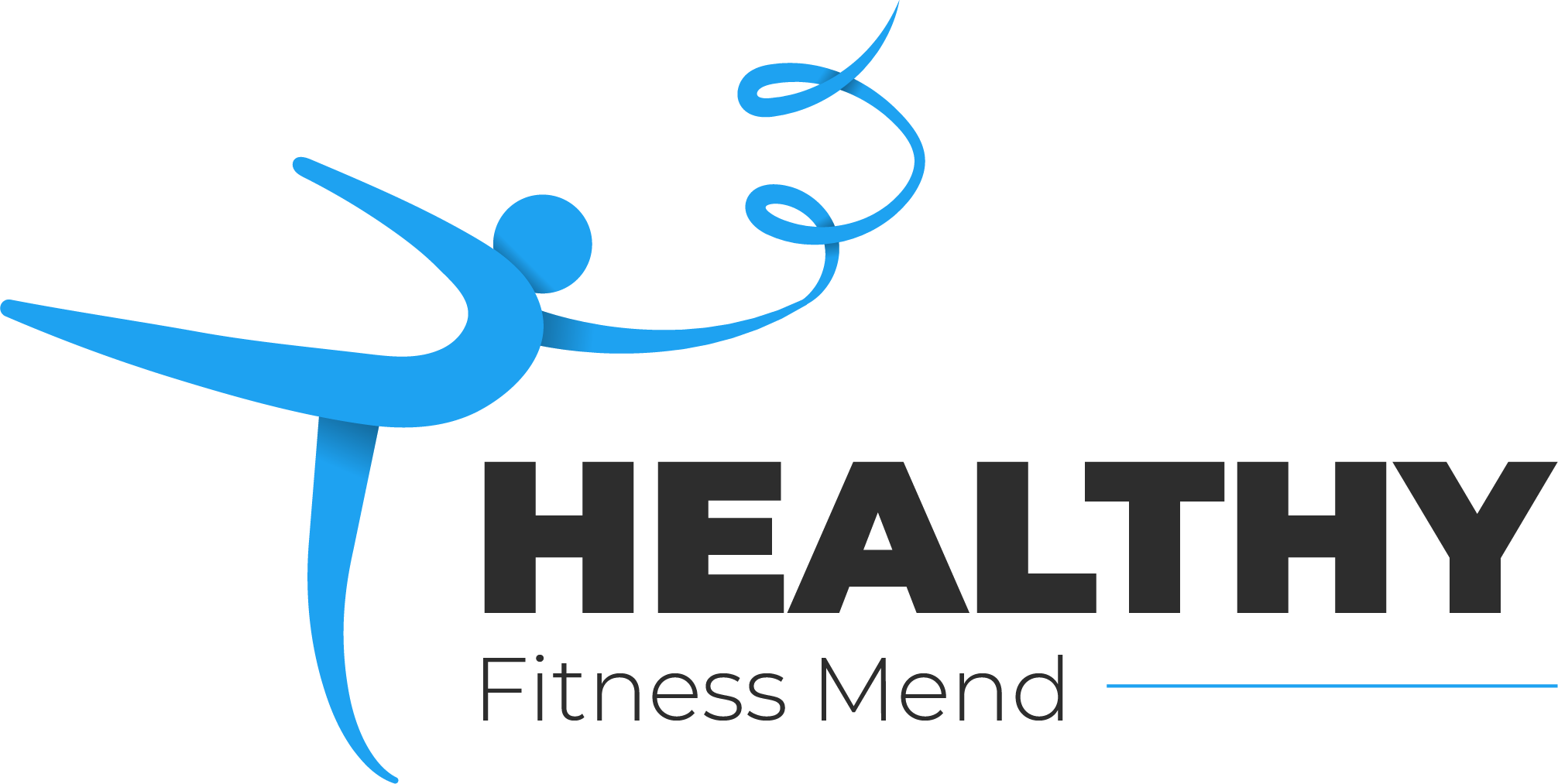
What Is Text Neck?
Is your smart phone literally a pain in the neck?
Text neck is being described as a modern ailment that is due to spending long periods of time staring down at your mobile phone, tablet or other device.
Recent research shows that smart phone users are spending an average of 4 hours each day staring at their device (that’s 1,400 hours each year!), so it is no wonder that the incidence of ‘text neck’ is on the rise! And it seems that this relatively new phenomenon is becoming alarmingly common with the increasing prevalence of mobile technology, particularly among younger generations.
The posture we adopt as we stare at our phones increases the stress on the neck and can cause excessive wear and tear that could lead to permanent damage.
The problem with this is that in order to look at your screen, you need to bend your head forwards into a flexed or dropped forwards position. This unnatural position actually reverses the normal backward curve of the cervical spine (your neck). This change can actually be observed on X-Rays, where we have seen a straightening, or even a reverse of the normal curve of the cervical spine.
The average head weighs around 5 to 6 kilograms. The cervical spine (your neck) is designed so that it will balance the weight of the head effortlessly. It even has a slight backwards curve to absorb the shocks and impacts of moving around. However, as we bend our heads forward, the amount of stress and strain on the neck increases. At a 15-degree angle, this weight is about 12 kg/27 pounds, at 30 degrees it’s 18 kg/40 pounds, and at 60 degrees it’s 27 kg/60 pounds. That is the same as having an 8 year old child hanging unsupported off your neck for several hours each day!
Over time this can lead to muscle strain, pinched nerves and herniated discs. But the most obvious immediate effect is on our posture. Just have a look around, everyone has their head down! Poor posture can cause other problems as well. Experts say it can reduce lung capacity by as much as 30 percent. It has also been linked to headaches and neurological issues, depression and heart disease.
What are the symptoms associated with text neck?
Text neck most commonly causes neck pain and soreness. In addition, looking down at your cell phone too much each day can lead to:
Upper back pain ranging from a chronic, nagging pain to sharp, severe upper back muscle spasms.
Shoulder pain and tightness, possibly resulting in painful shoulder muscle spasm.
If a cervical nerve becomes pinched, pain and possibly neurological symptoms can radiate down your arm and into your hand.
While it is nearly impossible to avoid the technologies that cause these issues, individuals should make an effort to look at their phones with a neutral spine and to avoid spending hours each day hunched over.
These 2 simple tips can help to minimise the risk of developing text neck.
Look down at your device with your eyes. No need to bend your neck.
Exercise: Move your head from left to right several times. Use your hands to provide resistance and push your head against them, first forward and then backward. Stand in a doorway with your arms extended and push your chest forward to strengthen the muscles of good posture.
But probably the key point is to try and reduce the amount of time we spend staring at our phones. You can’t live a life through your phone, and there is a beautiful world right in front of your eyes. Just look up from time to time!





